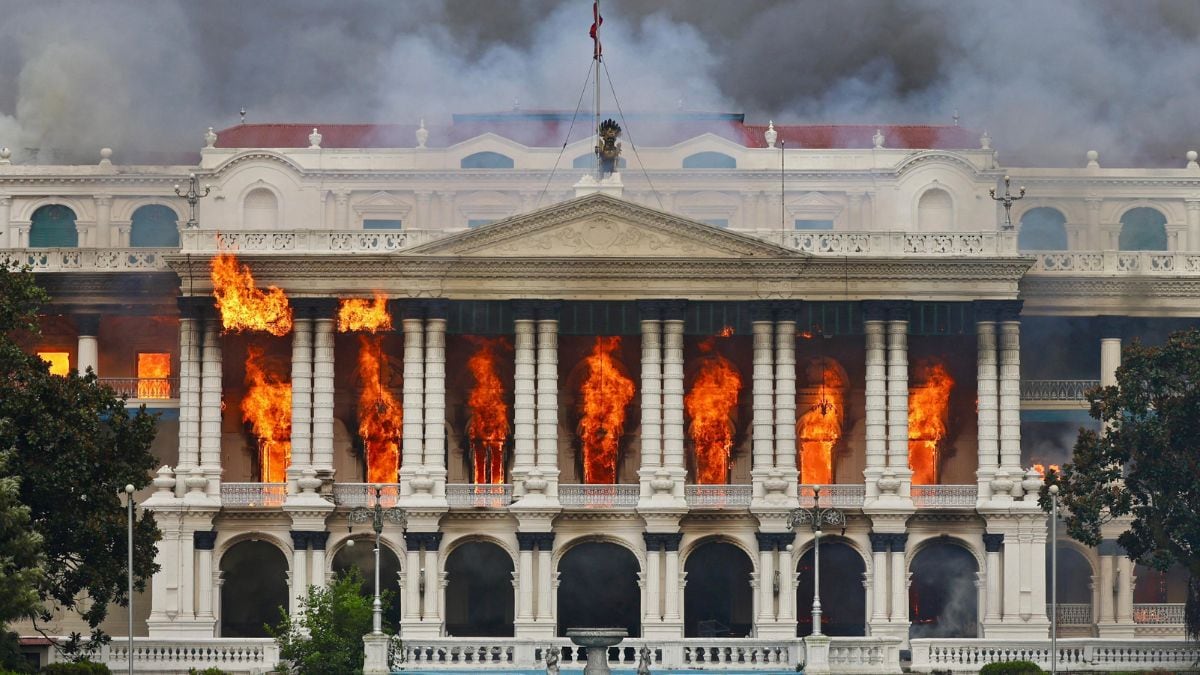When it started off, it did so with a bang and with a lot of promise, trying to fix the systemic errors. We are talking about Federal Reserve’s $600-billion bond-buying programme that generated a huge amount of controversy as it progressed. In the end, when it came to results, there is nothing much to write home about.
[caption id=“attachment_34331” align=“alignleft” width=“380” caption=“When it looked like the recovery was flagging in 2010, Federal Reserve chairman Ben Bernanke launched a $600-billion second round. Kevin Lamarque/Reuters”]  [/caption]
Many say it did precious little for jobs and growth. They have reasons to back up. More popularly known as QE2, the programme gave a handle to surging prices for food and fuel, created asset bubbles in emerging economies like China and Brazil, and knocked the dollar off.
Those who pushed for the Fed stimulus don’t have a flattering account either. US employment remains stubbornly high at 9.1 percent and growth lackadaisical, at 1.9 percent in the first quarter. “QE2 was a terrible mistake, and I think it has been counterproductive for economic growth,” said John Ryding , chief economist of RDQ Economics. “It has gotten inflation up, and that has squeezed the people most in need of paying off their debts.”
This hasn’t stopped investors from wondering what new tricks the central bank may have in its repertoire should the US economy’s struggles continue in the second half of 2011. Bill Gross, manager of PIMCO, the world’s largest bond fund, said last week the Fed may signal as soon as August that it stands ready to print more money if the economy worsens and recession starts looking like a real possibility.
Impact Shorts
More Shorts“I’m surprised at how quickly talk has turned to QE3. It began even before QE2 had ended,” said Gregory Whiteley, who manages the government debt portfolio at DoubleLine Capital, a Los Angeles-based fund with some $12 billion in assets.
The idea behind QE2 was that the Fed would infuse a vast amount of money into the economy by buying US Treasury bonds from banks. Buying the bonds would put more cash in the hands of banks to lend and push down long-term interest rates. That, in turn, would encourage companies to borrow cheaply and invest in factories, equipment and workers, boosting growth.
QE2 is done in a much simpler way. Unlike ordinary people, when the Fed purchases bonds, it simply generates the money with a computer keystroke. Critics say this is the equivalent of printing dollars, but the Fed calls it “quantitative easing”. After the financial meltdown of 2008, the Fed began its first round of quantitative easing, an emergency measure which pumped over a trillion dollars into the economy.
When it looked like the recovery was flagging in 2010, Federal Reserve chairman Ben Bernanke launched a $600-billion second round – hence the nickname, “QE2”. Despite a fierce backlash from conservative economists and politicians, the Fed began its QE2 bond purchases in November, buying about $75 billion of Treasuries per month through June.
Many world leaders, especially in emerging markets, complained that QE2’s effect of increasing the supply of dollars devalued the currency, making US exports cheaper and their own exports less competitive. “It serves no purpose to go throwing money from a helicopter,” Brazilian Finance Minister Guido Mantega said, while Russian Prime Minister Vladimir Putin denounced QE2 as “hooliganism”.
QE2 had wide-ranging effects, not all of them intended. Stocks rallied, with the Dow Jones Industrial Average surging more than 20 percent from when Bernanke proposed QE2 in August until its peak in May.
Commodities prices rose too, hurting consumers as they spent more on food and fuel, though economists debate how much of this was caused by the Fed’s policies and how much was driven by surging demand and tighter supplies.
Driven by commodity prices, US consumer inflation grew to 3.6 percent, while in many developing countries it raced ahead even faster.
Banks gained plenty of liquidity thanks to QE2 and near-zero interest rates, but that has not translated into increased lending to needy smaller businesses, and cash-rich major corporations don’t need the money, critics say.
“Monetary policy… does not have much impact if big US companies are already flush with trillions in cash but don’t want to invest and hire,” said Peter Morici , an economist at the University of Maryland.
As for the Fed’s goal of lowering long-term interest rates, the effect was modest. QE2 reduced rates on mortgage loans by 0.2 to 0.3 percentage points, said Dean Baker , co-director of the Center for Economic and Policy Research. “It just didn’t help all that much. You probably had some homeowners take advantage of that to refinance,” Baker said.
Bernanke himself defends QE2, saying it was urgently needed last year to prevent a deflationary spiral like what Japan experienced during its “Lost Decade” of the 1990s. “The securities purchases have been very successful in eliminating deflation risk,” he told reporters last week.
Bernanke said the recovery had stalled due to temporary factors like the earthquake in Japan and unrest in the Middle East. Some economists agree.
“QE2’s effects on interest rates were relatively small, and thus its effect on the economy was dwarfed by things like the European debt crisis, Libya and Japan,” said Justin Wolfers, an economist at Wharton business school.
(With inputs from Agencies)


)

)
)
)
)
)
)
)
)



